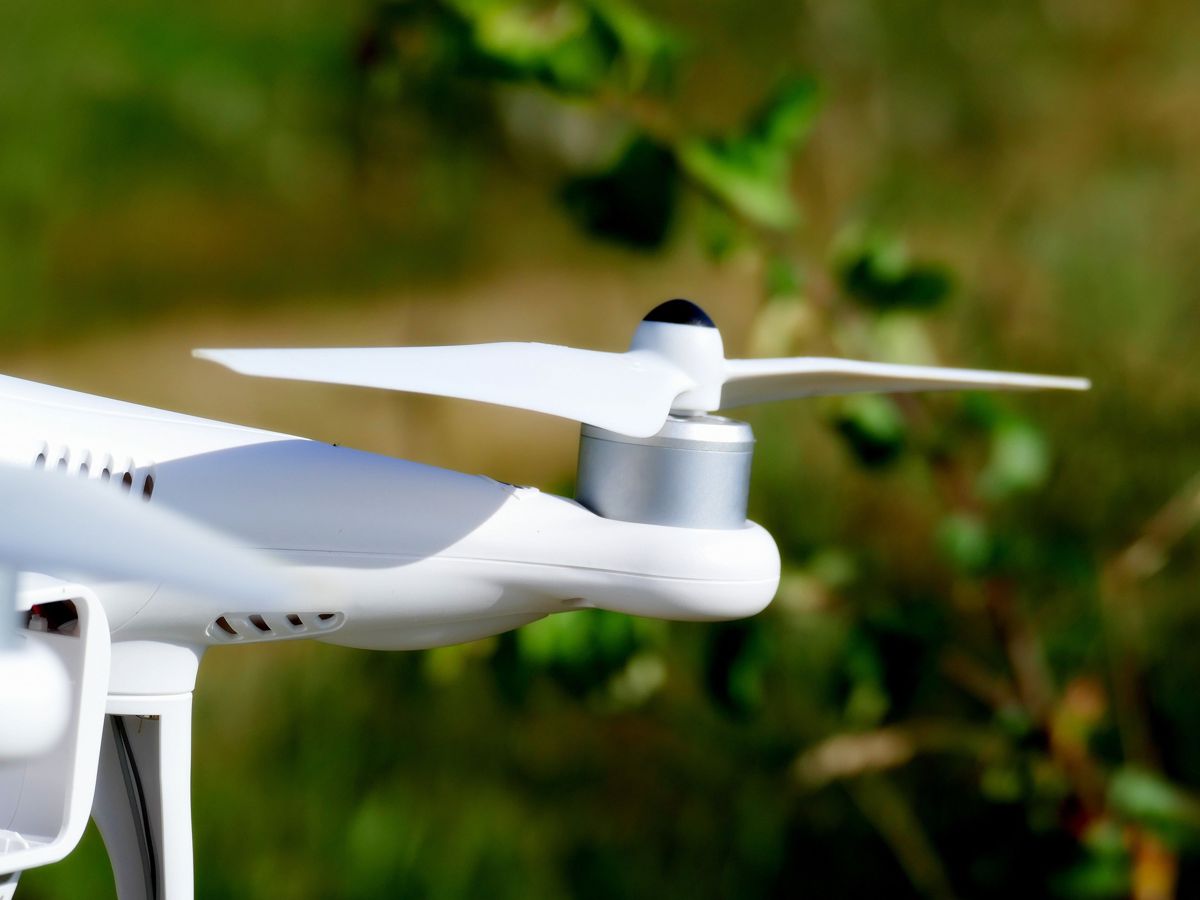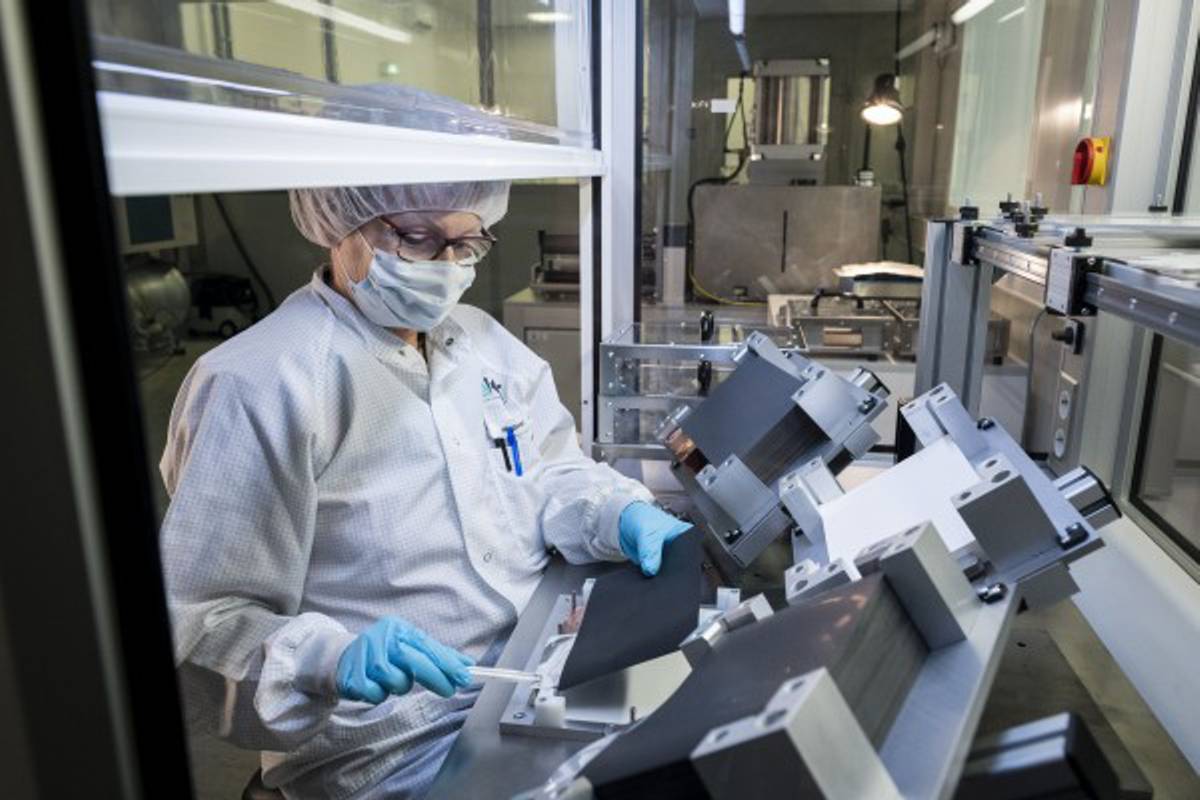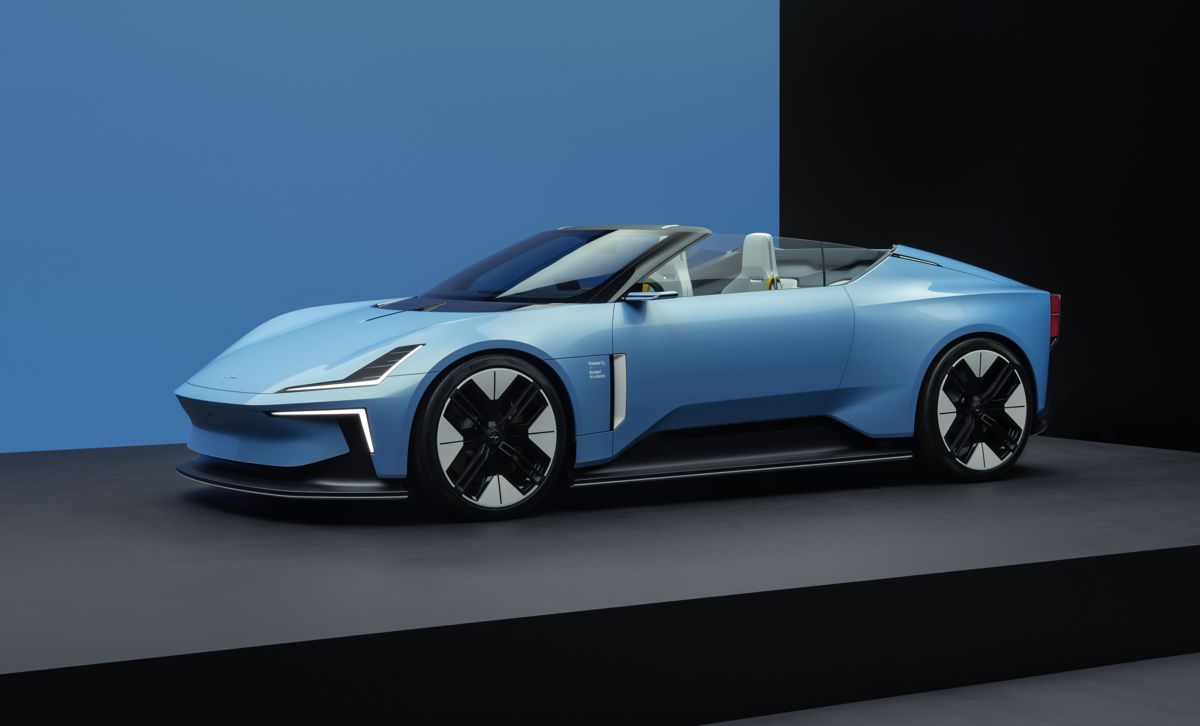ExOne can 3D Print virtually any Powder Material
The ExOne Company, the global leader in industrial sand and metal 3D printers using binder jetting technology, today announced that it is open to developing virtually any powder material in partnership with manufacturers for their specific application.
Beginning in the mid-1990s, ExOne pioneered the commercial development of MIT’s patented binder jet 3D printing process, which transforms powdered materials into precision parts or tooling at high speeds. An industrial printhead selectively deposits binder into a bed of powder particles creating a solid part one layer at a time, just like printing on sheets of paper.
The company’s RTS-300, launched in 1998, was the first commercially available metal binder jet system. ExOne later began binder jetting sand for metalcasting molds and cores. Today, ExOne has a portfolio of eight sand and metal 3D printing systems that can print a wide range of powders into highly dense parts, or even parts with controlled porosity, for specific applications.
“Binder jet 3D printing is one of the few additive manufacturing technologies that holds the promise of being an all-purpose manufacturing tool; it can print just about any powdered material into any form or functional purpose. In recent years, advancements in machine design and binder chemistries have helped us take a leap closer to that ultimate goal,” said Rick Lucas, ExOne Chief Technology Officer and VP of New Markets. “We are thankful to all of our former and current employees, as well as our R&D partners around the world, who have helped us advance binder jetting to where it is today and continue to support development efforts around this important green technology.”
Unique Material Flexibility in 3D Printing
Binder jetting is viewed as a desirable and sustainable production method, largely because of its high speed, low waste and cost, as well as broad material flexibility, which is just beginning to be untapped because of ExOne’s improvements in machine design and binder chemistries.
To achieve high-density parts, such as metals, the printed part is typically sintered in a furnace to fuse the particles together into a high-density solid object. Porous parts, often created with sand or other large-particle media, can also be infiltrated with resins or metals to achieve desired properties and create unique composites.
Two new case studies illustrate the broad range of ExOne’s binder jetting technology beyond traditional industrial applications:
- Luxury sound system company, Deeptime, manufactures its speakers with 3D printed sand that is infiltrated with a proprietary solution to deliver material properties that are 86% more rigid than MDF, leading to double the sound damping compared to traditional speakers and much higher performance.
- Carnegie Mellon University’s School of Architecture, meanwhile, is developing binder jetting of pulverized concrete and other recycled materials that are then infiltrated with resins for use as durable outdoor architectural pieces. This approach represents the future of cradle-to-grave, ecologically intelligent building design.
ExOne’s resin-infiltrated sand 3D printing for architectural restoration was a finalist in the 2021 Awards for Composites Excellence at CAMX, the Composites and Advanced Materials Expo.
Full Flexibility of Binder Jet 3D Printing
Among the broad categories of materials that ExOne can now develop to manufacturer specifications:
- Aluminum alloys
- Carbides
- Copper and copper alloys
- Nickel alloys
- Nitrides
- Oxides
- Precious metal alloys, including silver and gold
- Refractory metals, such as tungsten and molybdenum alloys
- Sands
- Stainless steels, such as 17-4PH, 316L and 304L
- Titanium alloys, such as Ti64
- Tool steels, such as M2 and H13













